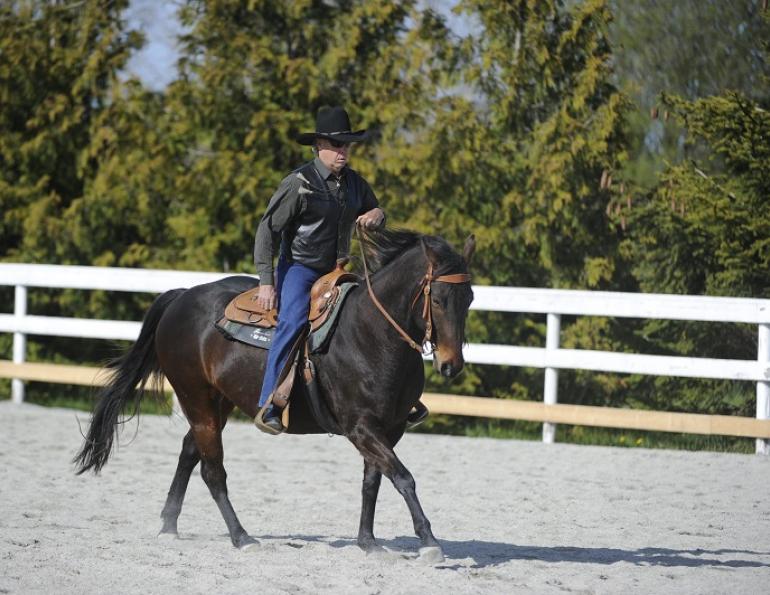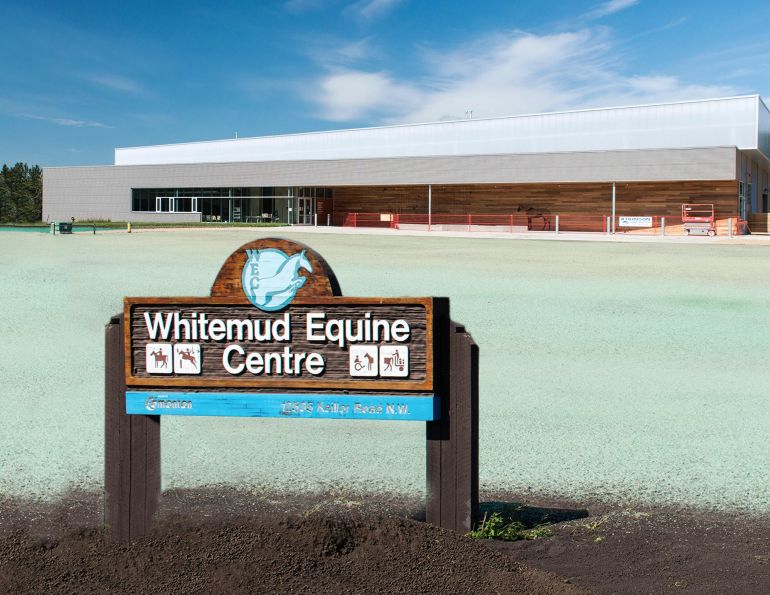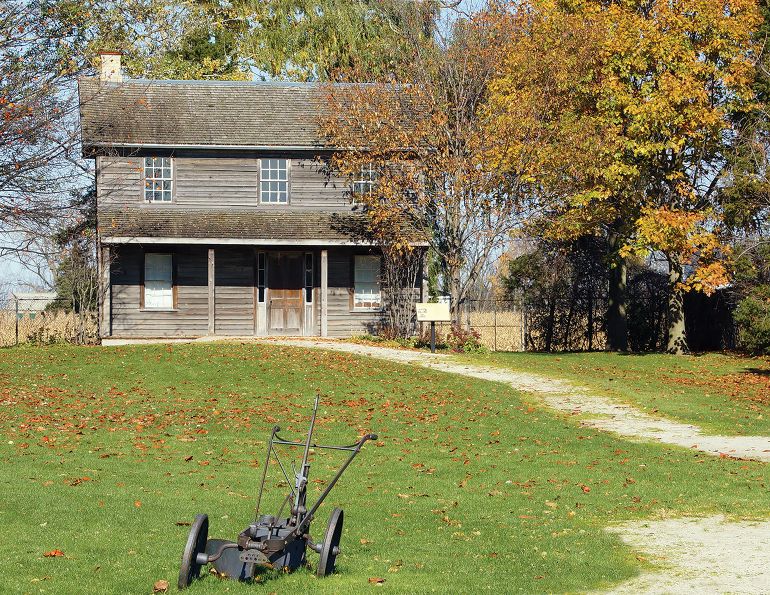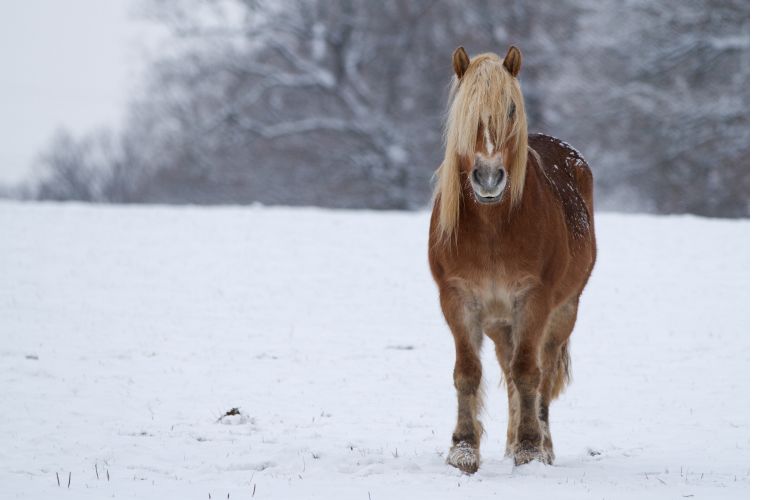Two crucial gene mutations transformed wild horses into the gentle, rideable animals that reshaped human civilization. These genetic changes, scientists say, were a true “game changer for horse biology.”
Horses have long played a pivotal role in human progress — from travel and trade to warfare. Now, researchers have identified two key gene variants that helped make horses calmer and more suited to riding, paving the way for their domestication and partnership with people.
Related: Horses' Historical Hoofprints
Ancient DNA shows that modern domesticated horses originated in southwestern Russia more than 4,200 years ago, according to a 2021 study led by Ludovic Orlando, a molecular archaeologist at the Centre for Anthropobiology and Genomics in Toulouse, France. But until recently, scientists didn’t know which genetic changes made domestication possible.
In the new research, Orlando and colleagues from China and Switzerland analyzed the genomes of 71 horses spanning different breeds and eras. They examined 266 genomic regions and found nine genes showing signs of strong selection — evidence that early breeders intentionally favoured certain traits.
Two Genes That Changed Everything
Among these, two genes stood out. The first, ZPFM1, appears to have been strongly selected around 5,000 years ago. In mice, this gene influences anxiety levels; in humans, it’s tied to overall well-being. In horses, mutations in ZPFM1 seem to have made the animals calmer — a vital step toward taming.
The second gene, GSDMC, underwent strong selection between 4,700 and 4,200 years ago. In humans, mutations here are linked to back pain, while in horses, they influence body proportions — specifically, the ratio of length to height.
To explore this further, scientists silenced the GSDMC gene in lab mice. The modified mice developed straighter spines and stronger forelimbs, suggesting that in horses, similar mutations could have improved posture and weight-bearing — traits that made them easier to ride.
Related: Iceland's Unique Breed: The Icelandic Horse
Over just a few hundred years, one variant of GSDMC spread rapidly through horse populations, rising from near absence to near ubiquity. Horses with this version of the gene produced about 20 percent more offspring than others, a sign that humans deliberately bred for this trait.
When you see that kind of rapid spread, says Orlando, you know you’re looking at something that truly changed horse biology.
A Turning Point for People, Too
Rideable horses revolutionized human mobility, enabling travel over vast distances and transforming warfare, trade, and cultural exchange.
Samantha Brooks, a geneticist at the University of Florida, says these findings are “really resounding.” The timing of these genetic changes aligns perfectly with archaeological evidence for early horse taming.
Still, Orlando notes that genetics alone can’t tell the whole story. Training methods and cultural innovations also played crucial roles in horse domestication, even if they left no genetic trace.
By continuing to sequence ancient horse DNA, Orlando’s team hopes to uncover how breeders shaped the horses that carried human societies into history.
For more details, see: Selection at the GSDMC locus in horses and its implications for human mobility | Science
Related: Equestrian Companions: Why Horses and Dogs Make the Ultimate Team
Related: How Horses Shaped Canada
With files from Science News Explores, Science.org.
Photo: iStock/Mr Vito




























